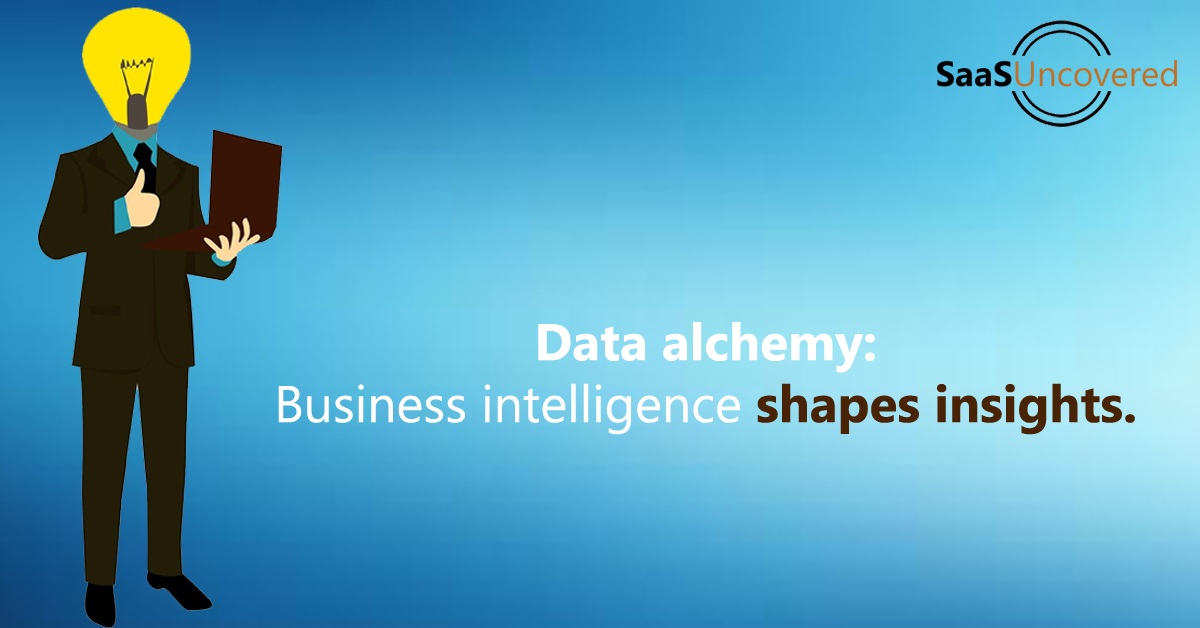Business Intelligence
Business intelligence is a data-driven framework that transform business data into actionable information.
Updated: October 30, 2023

Business intelligence is a data-driven framework that transform business data into actionable information. Visibility can be provided into the data of a company and is used to inform organization-wide decisions. The internal data of an organization is focused to make data-driven business decisions.
Data mining, reporting, data analysis, data visualization, analytics, and more are processes included within business intelligence. Companies can make data-driven decisions to better support the business with these insights.
Data visualization software can be used to translate data and metrics into charts and graphs. Companies can track various metrics and key performance indicators (KPIs) to understand performance and goals better by using this software.
Data can be gathered and analyzed in many ways depending on the type of their business, unique needs, and data collection systems in place. However, all of the data should be looked at together for comprehensive business analysis. Data mining, Reporting, Data visualization and Analytics are basic elements of business intelligence.
Data-driven business decisions, Organizational efficiency and Connected company data sources are some of the benefits of business intelligence.
Companies that implement business intelligence can make stronger, data-driven decision. They should inform your organization and obtain buy-in, create a plan and start small and identify what data is needed to achieve the best results
Benefits of business intelligence
Informed Decision Making: Data-driven insights for better choices.
Efficiency Gains: Streamlining operations and reducing manual effort.
Performance Enhancement: Identifying areas for improvement.
Competitive Edge: Staying ahead in the market.
Revenue Increase: Targeting opportunities for growth.
Customer Insights: Enhancing products and services.
Predictive Analytics: Anticipating trends and scenarios.
Risk Mitigation: Early identification of risks and issues.
Cost Savings: Streamlining operations and reducing expenses.
Strategic Planning: Data-backed long-term goals.
Agile Response to Market: Quick adaptation to changes.
Visual Data: Simplifying complex information.
Collaboration: Promoting teamwork with shared insights.
Compliance Support: Meeting regulatory requirements.
Historical Analysis: Leveraging past data for insights.
Inventory Management: Optimizing stock levels.
Marketing ROI: Tracking campaign effectiveness.
Employee Performance: Data-driven HR decisions.
Measurable KPIs: Clear indicators of success.
Business Growth: Enabling expansion and scaling.



